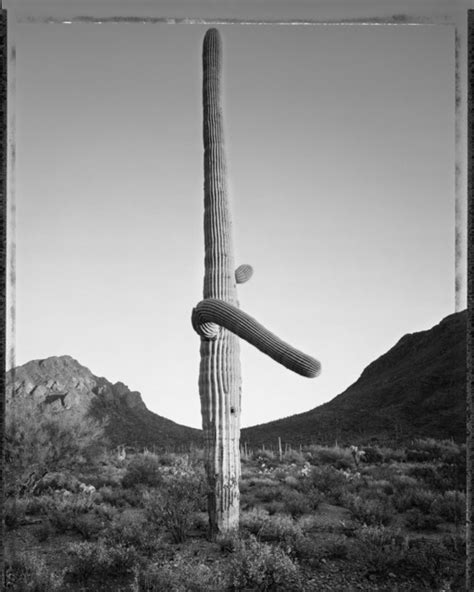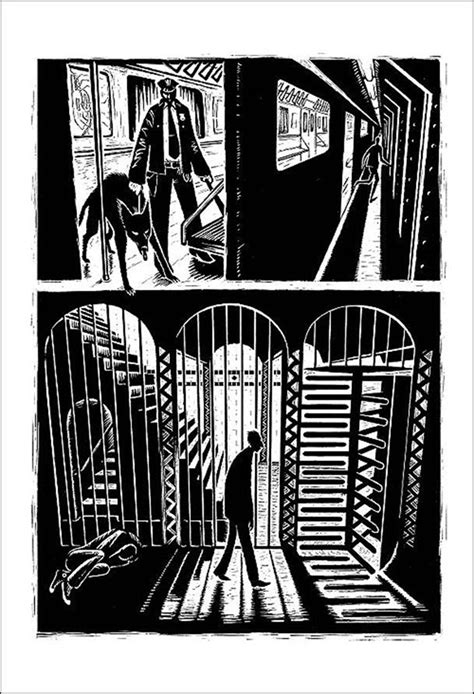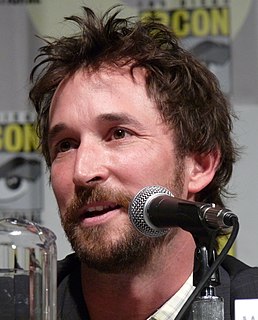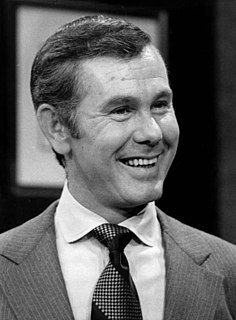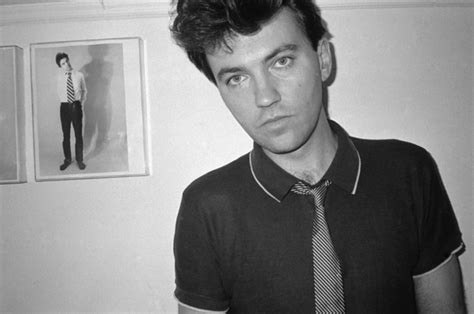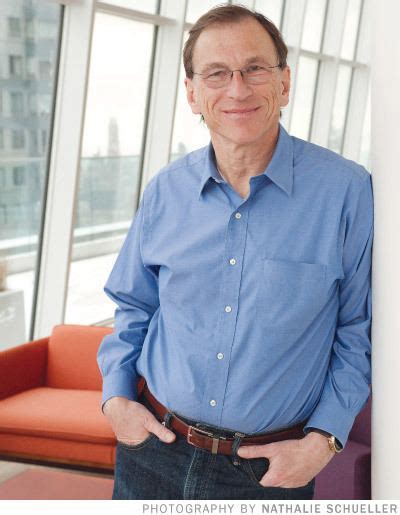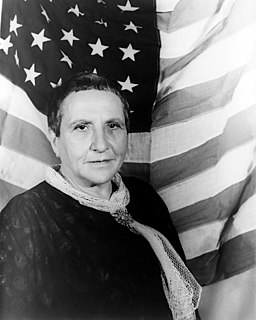A Quote by Molly Crabapple
Art is for the elite because it has a very high price-point of entry. And when one is in that social strata, they look down at illustrators because they just draw things directly for a few hundred dollars, and that's seen as being a bit grubby. Galleries allow artists to stay relatively divorced from the financial aspects of their trade.
Related Quotes
Art is for the elite because it has a very high price-point of entry. And when one is in that social strata, they look down at illustrators because they just draw things directly for a few hundred dollars and that's seen as being a bit grubby. Galleries allow artists to stay relatively divorced from the financial aspects of their trade. I am lucky because I do fine art, and that is half of my living. And then illustration provides the other half.
Fine-art photography is a very small world associated with galleries, museums, and university art programs. It's not like rock music; the products of this world have never been widely seen because the artists are often exploring things that are not already coded in general consciousness. It's not that photographers don't want to be famous, it's just that very few of the views from the edges of culture make the mainstream. Ansel Adams was an exception.
The price of Christmas toys is outrageous - a hundred dollars, two hundred dollars for video games for the youngsters. I remember a Christmas years ago when my son was a kid. I bought him a tank. It was about a hundred dollars, a lot of money in those days. It was the kind of tank you could actually get inside and ride in. He played in the box it came in. It taught me a very valuable lesson. Next year he got a box. And I got a hundred dollars' worth of scotch.
Two main groups like to drop the readymade bomb—galleries and art historians. Galleries love to drop the Duchamp brand because dealers can try to convince clients of an artist’s worth just by mentioning the mouthwatering response readymade. Most Art Historians aren’t interested in what artists are making in Bushwick studios, most of whom rarely wake up with Duchamp on the brain.
I think what happened in the last 10 or 15 years in the art market is that all the players - and that includes artists, dealers, art advisors, everyone - basically became dealers. We've had old-school collectors morph into speculators, flipping works. We've seen auction houses buying works directly from artists or from sleazy middlemen. The last step before the crash was the artists themselves supplying the auction houses. Dealing themselves, you know? The art world is as unregulated as any financial market there is.
The funny part of it all is that relatively few people seem to go crazy, relatively few even a little crazy or even a little weird, relatively few, and those few because they have nothing to do that is to say they have nothing to do or they do not do anything that has anything to do with the war only with food and cold and little things like that.

